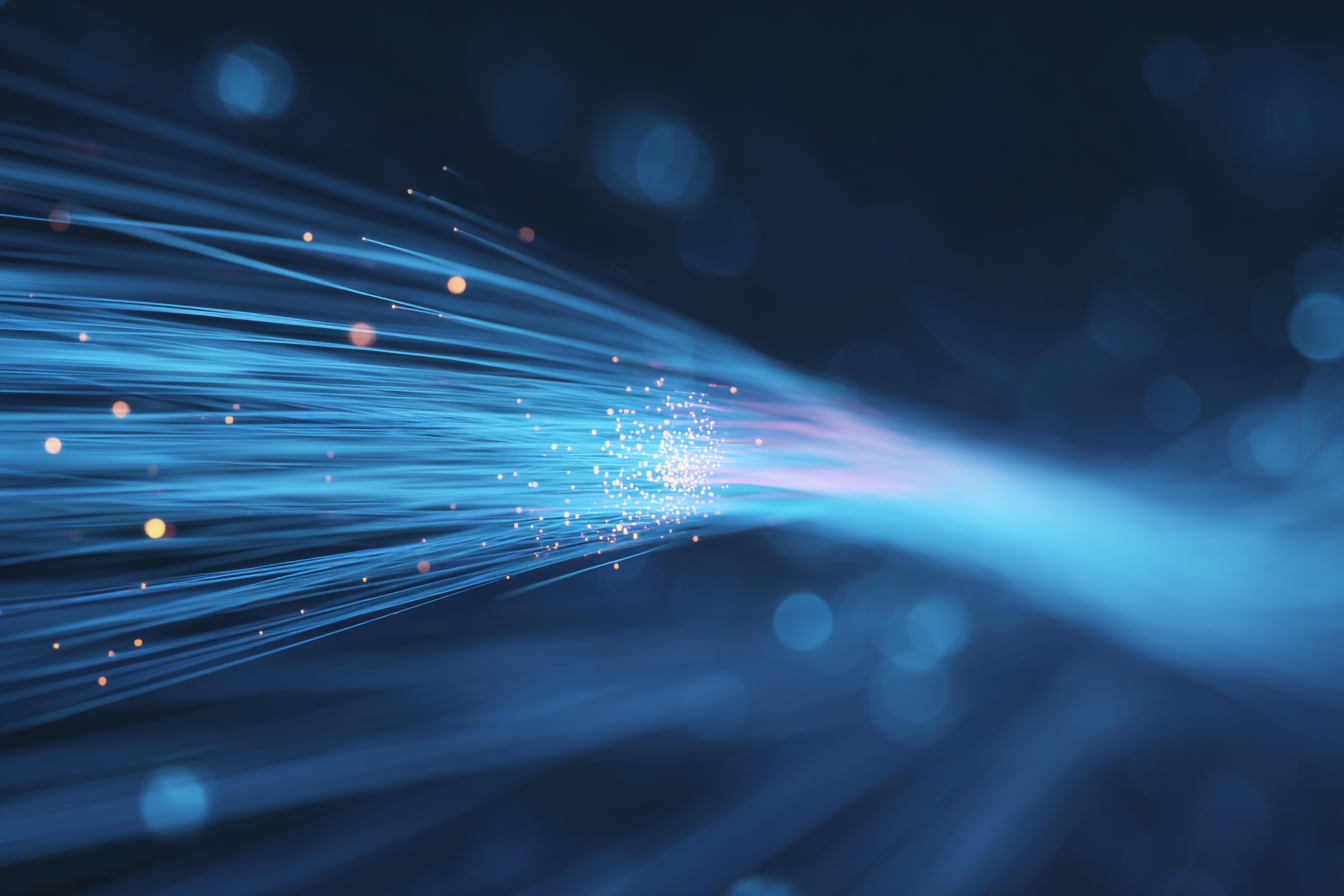Femtosecond Laser Micromachining
Femtosecond lasers are being considered for a growing list of micromachining applications with their ability to process any material with a minimal amount of heat-affected zones (HAZ). This type of ultrafast laser is an ideal technology not only for micromachining but also for medical device fabrication, scientific research, eye surgery, and bioimaging. Short pulse durations, along with higher energies and lower costs, are helping femtosecond lasers produce the next generation of medical implants, make smartphone glass covers more durable, and improve the fuel efficiency of automobiles through the drilling of gasoline injector nozzles. The short pulse duration of femtosecond lasers enables material processing with cold ablation. Plus, the optional second harmonic allows smaller features or higher ablation rates.
Advantages of Femtosecond Lasers
Currently, femtosecond lasers and laser systems have become popular tools for machining transparent, brittle materials, as the ability of cold ablation promises process results with the minimum amount of chipping and micro-cracks. The application of femtosecond lasers can result in high cut quality. The very high cutting quality also leads to extremely high bending strength.
High Precision and Nonlinear Absorption
The high peak intensity of femtosecond lasers enables nonlinear absorption inside transparent materials. The availability of femtosecond lasers with more than 100 μJ pulse energy and special multi-foci optics now enables simultaneous modification of four layers, resulting in four-times-faster cutting speeds.
Applications in the Automotive Industry
High precision and excellent process quality are ideal for drilling gasoline injector nozzles. Automakers around the world are under pressure to meet increasingly stronger mileage requirements, so they are working on at least two fronts:
- to design drivetrain systems that run on renewable or alternative fuels
- to wring more mileage out of existing fossil-fuel engine designs
Importance of Nozzle Quality
The spray pattern depends on the injection pressure, but also on the geometry and sidewall quality of the nozzle holes, so these holes must have very smooth walls post-drilling. Historically, these tiny and high aspect ratio holes with 150- to 250-μm diameters have been drilled by electron discharge machining (EDM). However, femtosecond lasers have now reached levels of reliability and pricing so that they can be dependably used in automotive production.
Laser Parameters for Drilling
The process of drilling small, high aspect ratio holes with excellent surface quality requires ultrafast lasers with high energy pulses of 80 μJ or more at ultrashort pulse durations. For the drilling of very narrow holes, higher pulse energies at lower repetition rates are more beneficial than higher output powers and higher repetition rates. For drilling holes with an aspect ratio, a shorter wavelength, such as a second harmonic of a ytterbium laser at around 520 nm, is beneficial. The advantages are a smaller focus spot size and a larger Rayleigh length.
Next Steps in Automotive Applications
The implementation of the laser drilling process for diesel nozzles is the next development step. Ultrafast lasers with pulse energies >40 μJ at wavelengths in the visible range will be necessary to substitute for conventional EDM methods.
Femtosecond lasers will continue to improve in cost-performance as lasers become even more competitive with mechanical machining methods. These lasers will provide higher average powers and pulse energies for higher throughput in the coming years.










